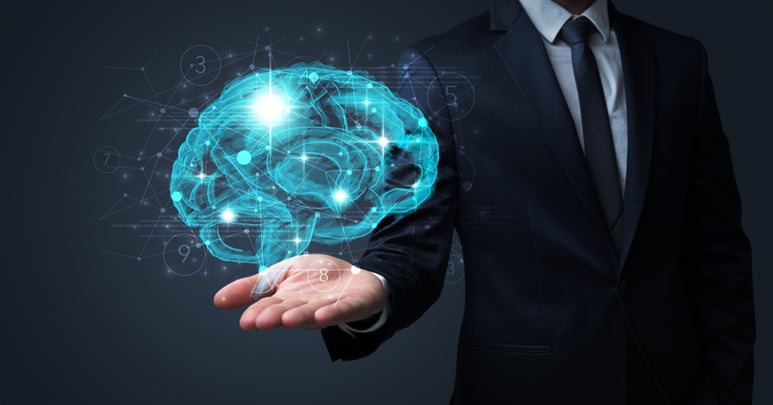
As we’ve discussed on this blog many times before, Artificial Intelligence (AI) is everywhere nowadays. We’ve addressed the impact of AI in retail spaces and across social media and the web, but what we haven’t written about is how AI can have the impact that it does across multiple markets and industries. The two key subsets of artificial intelligence that you need to understand are machine learning and deep learning.
Machine Learning
Machine learning is an element of AI that separates itself from other systems with its ability to modify itself when exposed to additional information. This allows machine learning to be dynamic in a way that other AI applications can’t. In simpler terms, machine learning allows computers to learn without being programmed which makes them less reliant on human intervention. Without the need for humans, machine learning programs can process data and make determinations in a fraction of the time it would take a person. The same data that a human might spend weeks processing and analyzing, a machine learning program can decipher in seconds.
Machine learning programs follow the same optimizations in order to complete separate tasks. They either aim to minimize errors or maximize the likelihood of their predictions being true. Using this process, Arthur Samuel, a pioneer in AI, was able to program the Samuel Checkers-Playing Program by feeding it data from games of Lee’s Guide to Checkers where good moves were differentiated from the bad. The goal for the program was to make a good move as often as possible. This goal was accomplished in 1962 when Samuel’s program was able to defeat the checkers champion of the state of Connecticut in a game.
Deep Learning
Deep learning is a subset of machine learning that is meant to mimic the function of the human brain. Deep learning can build neural networks that can lead to much more accurate results than those offered by machine learning alone. It’s also able to learn from data that is unstructured or unlabeled.
A simple machine learning system could create a model with parameters attempting to find the most efficient way to a certain goal. A deep learning system is then able to add layers to this initial system, building off its results and building its network with each layer.
In a way, deep learning functions the same way that machine Learning functions. The only issue with machine learning is that at a certain point, the system requires guidance to continue making progress with its given task. By taking advantage of its neural network, deep learning can make decisions without the input of humans. Deep learning is the next step forward for machine learning and AI.
Over the coming years, the integration of AI along with both machine learning and deep learning is only going to become more prevalent in our society. OEMs are acting fast to capture a portion of this growing market segment. To meet the increasing demand for machine learning and deep learning technology we recommend contacting the knowledgeable professionals at EPTAC to make sure your staff receives the necessary IPC certifications and training to succeed in the space.
About EPTAC
For over 30 years, EPTAC has been a leading provider of solder training and IPC certification. We provide professionals with the tools and training they need to advance their careers and improve their businesses. With 15 locations across North America, our solutions and instructional staff provide easy access to knowledge that will enhance your business model and help you meet and exceed industry demands. For more information call 800.643.7822 or contact us.